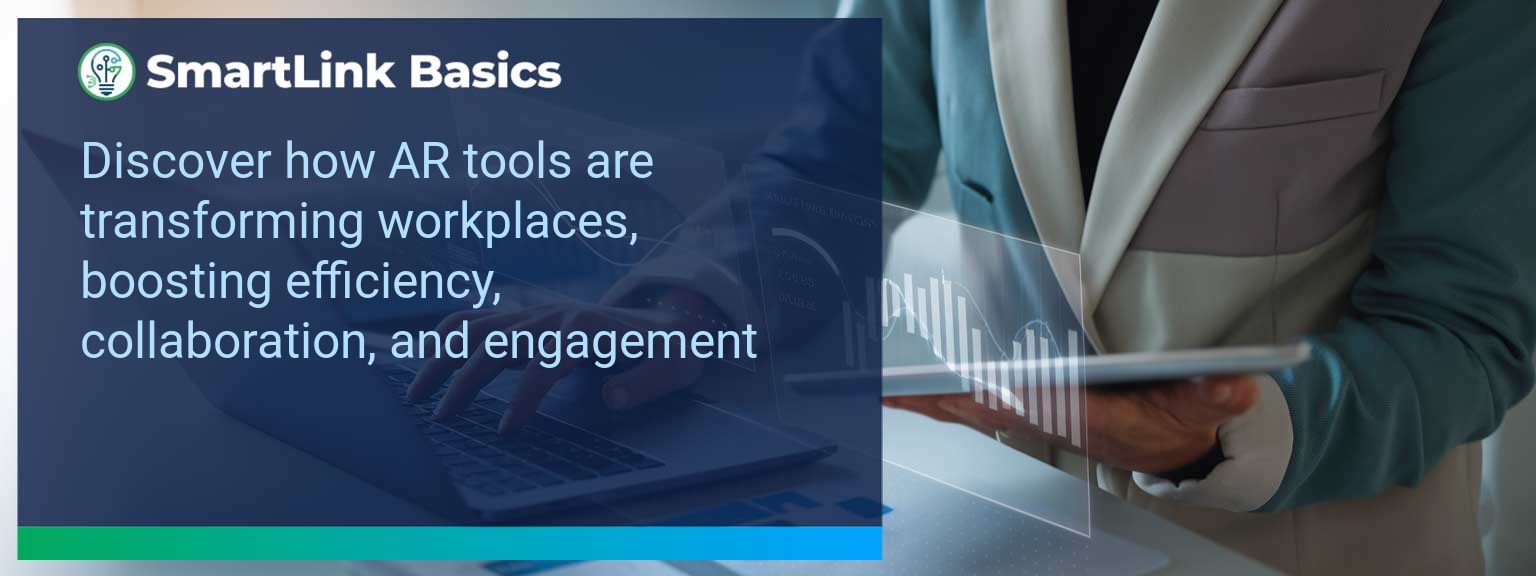How Augmented Reality Productivity Is Transforming Workplaces
Global AR adoption in enterprise settings is projected to grow at over 25% annually through 2028, with measurable gains in operational efficiency and employee performance (Statista, 2024). For sales leaders and decision-makers navigating AI-driven transformations, understanding how augmented reality productivity tools integrate with core business processes is now non-negotiable. At SmartLink Basics, we track these trends because they directly impact competitive positioning, client engagement, and revenue velocity. In this article, you’ll see how immersive technology is reshaping workflow design, discover actionable frameworks for deployment, and examine evidence-backed results from early AR adopters. The insights apply to high-performing sales organizations, operational leaders, and innovation teams investing in digital transformation to unlock measurable productivity gains.- AR accelerates complex task execution through context-rich overlays.
- Immersive training reduces onboarding time and error rates.
- Real-time data visualization improves decision-making accuracy.
- Integration with workplace productivity tools streamlines workflows.
- Sales and operations benefit equally from AR-driven business processes.
What Changed and Why It Matters Now for Augmented Reality Productivity
Augmented reality has matured from experimental pilots to enterprise-ready platforms delivering measurable efficiency gains. Rising hardware affordability, cloud-based asset delivery, and integration with workplace productivity tools have moved AR into practical business applications. Enterprise adoption is now driven by measurable ROI and competitive advantage. When used in sales, field operations, and collaborative design, AR in business environments accelerates alignment, reduces delays, and creates standardized execution frameworks. One example: a manufacturing sales team using AR product demos cut proposal approval cycles by 23% by enabling stakeholders to interact virtually with full-scale, accurate product models. Actionable insight: Prioritize AR platforms that support direct integration with your existing CRM, analytics, and communication stack to maximize measurable impact.Redesign the Revenue Operating System With Augmented Reality Productivity
ICP, Segmentation, and Targeting AR-enabled data visualization allows revenue teams to map territories, buyer personas, and deal histories in an interactive format. Leaders can identify high-value prospects faster by overlaying sales performance data with geographic and account intelligence. Pipeline Architecture Augmented reality productivity platforms can present real-time pipeline health metrics in collaborative spaces, aligning cross-functional decision-makers without physical meetings. This removes friction from forecast reviews. Plays and Messaging Immersive playbooks displayed within AR tools allow reps to follow context-specific prompts during client engagements, increasing win rates and compliance with best-practice frameworks. Operating Cadence Replacing static reports with real-time AR dashboards during stand-ups makes performance discussions more dynamic, shortening cycle times for corrective action.Identifying Barriers To Efficiency
Even with clear advantages, AR adoption faces predictable challenges: hardware costs, IT integration complexity, and workforce adoption resistance. Poor change management and lack of leadership sponsorship can undermine value capture. A common barrier: teams struggle to align immersive technology with specific business goals. Without measurable objectives, AR risks becoming a novelty instead of a core productivity lever. One corporate rollout failed when lesson content wasn’t optimized for AR format, causing disengagement and increased training times. Actionable insight: Anchor AR deployment in problem-specific use cases and measure progress against agreed KPIs from day one.Leveraging Advanced AR Tools For Impact
High-impact AR tools now offer integration with AI-assistants, cloud collaboration, and predictive analytics. These combined enhancements improve accuracy, accelerate decision-making, and create immersive environments for collaboration across distributed teams. Sales organizations use AR-powered product simulations in client meetings, enabling instant configuration changes and visualizations that significantly improve proposal acceptance rates. Actionable insight: Build an internal AR toolkit playbook—covering capabilities, integrations, and sample use cases—so teams can deploy technology consistently.Measuring The Improvements In Workflow
Tracking tangible gains from immersive technology is essential. Metrics must capture both speed and quality of output. For example, teams using AR-based remote support reduced field repair resolution time by 31% and cut travel costs by 18%, confirming both operational and financial impact. Actionable insight: Establish pre-deployment baselines for key productivity KPIs, then monitor shifts as AR tools are adopted.| Category | Metric | Definition | Target |
|---|---|---|---|
| Leading | Time to Task Completion | Average time from assignment to completion with AR | -20% |
| Lagging | Error Rate | Incidents per task after AR adoption | -15% |
| Quality | User Adoption | Percentage of targeted users actively using AR tools | >85% |
The Next Era Of Workplace Innovation
Beyond current AR applications, convergence with mixed reality, AI, and IoT will enable predictive decision environments. Businesses will model outcomes dynamically, with teams interacting in shared data overlays instead of static meetings. One forward-looking example: sales enablement platforms using AR avatars for personalized, scenario-based coaching improve rep retention rates and skill acquisition. Actionable insight: Begin exploring interoperability between AR systems and emerging workplace innovation tools to future-proof investments. <Get the 90-day plan, coaching rubric, and dashboard template to operationalize AI in your enablement program.









